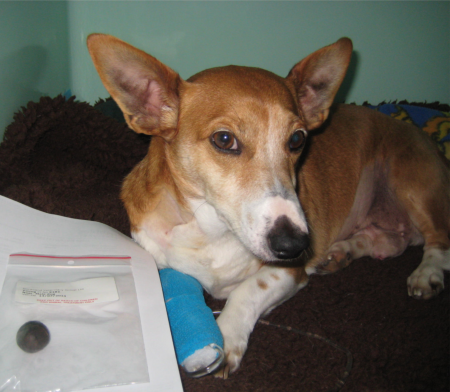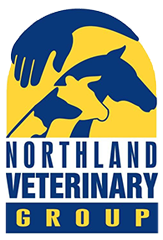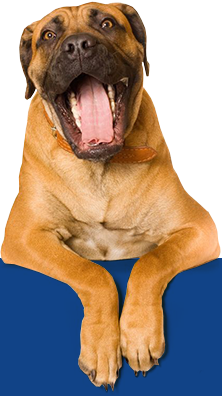We vets would like our dog patients to eat good quality food that provides the nutritional needs of the dog according to their age and activity. We like to see slim, athletic dogs with clean teeth and healthy hearts and livers.
But what do dogs, themselves, like to eat ? We all know the answer to that: apparently the most smelly and decaying and unpleasant stuff is the best. Poo of all sorts is high on the canine menu whether it is from horses, cats, cows or other dogs. Many dogs also seem to enjoy grazing grass and chewing at the odd twig.
In their natural state dogs are opportunistic scavengers. They search for decaying stuff with their nose and scoff it down as fast as they can before someone else takes it from them. Later in the day, if the ingested items prove unpleasant they are quick to vomit it back. (Many dogs of course love eating their own vomit…). In many cases this fast vomiting response saves a lot of indigestion and gut problems farther down the line.
This search & eat behaviour can get our doggy patients into trouble and may be enhanced by what some owners offer as extra food for their beloved pooches.
We have been lucky this month, we have had our “three in a row” of foreign bodies trapped in dog guts. Dogs come in all shapes and sizes and so the “foreign bodies” we pull out of their stomachs and small intestines are equally varied. The smaller the dog the slimmer their intestines and so the smaller the object that will block their gut. An object that will pass easily through the digestive tract of a retriever is very likely to obstruct the gut of a miniature schnauzer.
Objects found lodged in dogs’ guts include hats, toy soldiers, stones, bones, plastic bags, pens and decayed duck carcasses full of lead shot.
The owner of the dog may be unaware of the object that their dog has eaten. In some cases the owner has been the source of the object in question. Signs of a gut blockage usually begin with the dog looking uncomfortable, licking their lips and salivating more than usual. This behaviour usually culminates in the full heaving explosive abdomen-pumping vomit that some of us will be familiar with. In cases where there is a blockage the vomiting will continue intermittently and the dog will become more dehydrated, toxic and unwell.
We feel that sometimes the eating of inappropriate objects starts as a game when they are pups. Playing with stones may lead to them being swallowed. Often a puppy may be seen with something in their mouth which the owner then wrestles from them. As the pup grows and becomes stronger the game may become a situation of “gobble the thing down before my mum / dad gets here”. It is a good idea to always carry treats in your pocket while out with your dog. The treat can be used as an exchange for the unwanted object and thus the pup becomes habituated to giving up objects from their mouth in return for a tasty and healthy morsel, along with praise and a rewarding pat.
Vomiting dogs are commonly presented to the vet. The big question is always: Is this just an “upset tum” due to yesterday’s curry OR is this a life threatening sharp bone fragment that may pierce the dog’s intestine causing fatal peritonitis? We always tread carefully with these cases and often an X ray and intravenous fluids are the minimum intervention needed. In many cases a foreign body can be seen on X-ray. In some cases, e.g. plastic bags, the X-ray is not as helpful as we would like. There are other steps along the diagnostic path that may be taken, and these too may prove inconclusive. In these cases we then progress to the expensive question of: Should we open the dog’s abdomen and have a look? Some foreign bodies are easily felt from the outside, some are obvious on X-ray but some are not found until the dog is under anaesthetic, abdomen open and searched. In some cases the abdomen is opened and nothing is found.
In most cases the foreign body is found before the gut dies from damaged circulation or is pierced by sharp points. The object is removed, the gut repaired and the dog slowly nursed back to health.
This month we have found a corn cob, a pointed shard of bone and, most exciting, a macadamia nut still in

Nupi post surgery, with nut
its shell (see the pictures of the little Jack Russell Terrier and the surgically retrieved macadamia nut). Each dog presented with “gastro enteritis” varying from diarrhoea to vomiting to collapsed in toxic shock. Needless to say the macadamia tree is now fenced off from the last dog, corn cobs are no longer offered as chew toys and bones are not given that may be swallowed.
So, we ask you to keep a careful eye on what your dog is eating and also what you offer your dog to play with or to eat. If your dog is vomiting the sooner you take them to the vet the sooner the situation will be resolved.

